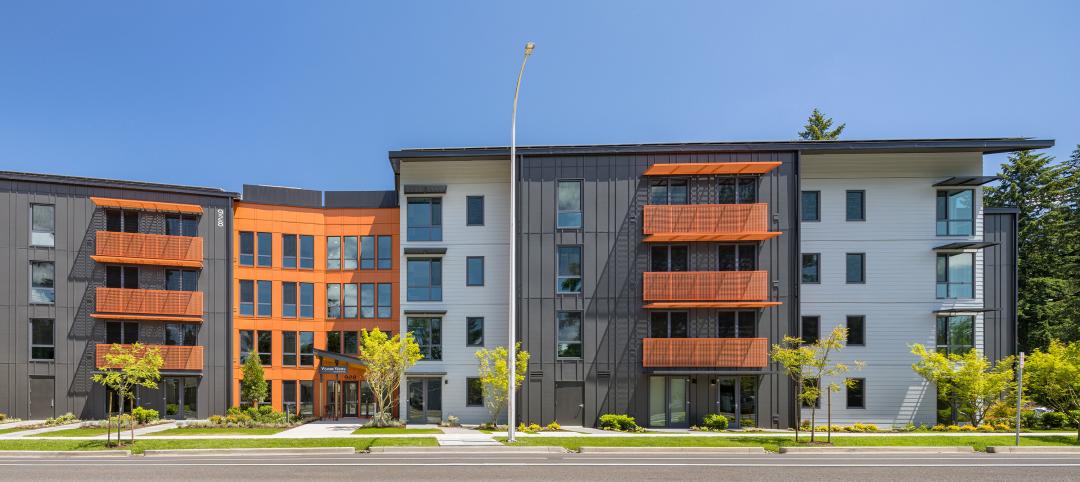Avoided energy use attributable to energy-efficiency investments undertaken since 1974 has resulted in a contribution outstripping the annual consumption of oil, natural gas, electricity, and coal, according to a report by the International Energy Agency, a global NGO.
An analysis of energy consumption in 11 IEA member countries indicates that avoided annual energy use in 2010 was 63 exajoules, or the equivalent of 1.52 billion tonnes of oil. This avoided energy use was larger than the countries' consumption of oil (43 EJ), electricity and natural gas (22 EJ each), and coal (less than 10 EJ).
The equivalent cost of oil for 63 exajoules of energy would have been about $420 billionUS. (Countries included in the analysis were Australia, Denmark, Finland, France, Germany, Italy, Japan, the Netherlands, Sweden, the United Kingdom, and the United States.)
Investments in energy efficiency measures have also reduced the amount of energy needed to produce each unit of gross domestic product, according to the report. As of 2011, total investment in energy efficiency resembled the supply-side investment in renewable or fossil-fuel electricity generation.
However, fossil-fuel development benefits from a much higher level of government subsidies than energy-efficiency measures. In 2011, fossil fuels were the recipient of more than $500 billion in global subsidies, compared with less than $100 billion in subsidies for renewable energy (below).
Table: Global investments and subsidy in selected areas of the energy system, 2011. Source: IEA.
The IEA indicates that governmental policy interventions are the most significant stimulant for energy-efficiency investments. High energy prices are also triggering expansion of the energy-efficiency market, though subsidies for fossil fuels continue to artifically reduce the price consumers pay for energy.
Performance improvements in buildings are targeted as an important factor in continued reduction of global energy use. The report discusses notable investments in this area by Germany, New Zealand, France, and Mexico, mainly involving residential construction.
For the medium term, the IEA predicts that private investment enabled by favorable government policies, rather than direct public investment, will continue to represent the greatest source of funding for energy-efficiency projects.
Influential changes in codes and standards in Canada, France, Germany, South Korea, China, Japan, and the U.K. should drive growth in the energy-efficiency sector. For the U.S., new standards for appliances and continued growth in the ESCO industry may be significant.
Continued savings should be possible during the next decade, according to the agency, perhaps amounting to about 7% of 2010's total global consumption--or greater than the combined current energy use of Australia, Japan, Korea, and New Zealand.
Click here for the full report.
The editors thank Grumman / Butkus Associates for bringing this report to our attention.
Related Stories
Government Buildings | Mar 24, 2023
19 federal buildings named GSA Design Awards winners
After a six-year hiatus, the U.S. General Services Administration late last year resumed its esteemed GSA Design Awards program. In all, 19 federal building projects nationwide were honored with 2022 GSA Design Awards, eight with Honor Awards and 11 with Citations.
Geothermal Technology | Mar 22, 2023
Lendlease secures grants for New York’s largest geothermal residential building
Lendlease and joint venture partner Aware Super, one of Australia’s largest superannuation funds, have acquired $4 million in support from the New York State Energy Research and Development Authority to build a geoexchange system at 1 Java Street in Brooklyn. Once completed, the all-electric property will be the largest residential project in New York State to use a geothermal heat exchange system.
Green Renovation | Mar 5, 2023
Dept. of Energy offers $22 million for energy efficiency and building electrification upgrades
The Buildings Upgrade Prize (Buildings UP) sponsored by the U.S. Department of Energy is offering more than $22 million in cash prizes and technical assistance to teams across America. Prize recipients will be selected based on their ideas to accelerate widespread, equitable energy efficiency and building electrification upgrades.
Affordable Housing | Feb 22, 2023
Passive House, sustainability standards meet multifamily development
These multifamily developments are not only Passive House (PHIUS) certified, but affordable for tenants.
Senior Living Design | Feb 15, 2023
Passive House affordable senior housing project opens in Boston
Work on Phase Three C of The Anne M. Lynch Homes at Old Colony, a 55-apartment midrise building in Boston that stands out for its use of Passive House design principles, was recently completed. Designed by The Architectural Team (TAT), the four-story structure was informed throughout by Passive House principles and standards.
Sustainability | Feb 9, 2023
University of Southern California's sustainability guidelines emphasize embodied carbon
A Buro Happold-led team recently completed work on the USC Sustainable Design & Construction Guidelines for the University of Southern California. The document sets out sustainable strategies for the design and construction of new buildings, renovations, and asset renewal projects.
Sustainability | Feb 8, 2023
A wind energy system—without the blades—can be placed on commercial building rooftops
Aeromine Technologies’ bladeless system captures and amplifies a building’s airflow like airfoils on a race car.
Green | Jan 26, 2023
Corporations fall short on climate pledges by failing to embed net-zero actions into operations
Many corporations are failing to implement simple, practical steps needed for them to hit their stated decarbonization goals, according to a survey of more than 300 operations managers across key industrial sectors including construction, energy, and chemicals in the U.S., U.K., and Germany.
Green | Jan 17, 2023
Top 10 U.S. states for green building in 2022
The U.S. Green Building Council (USGBC) released its annual ranking of U.S. states leading the way on green building, with Massachusetts topping the list. The USGBC ranking is based on LEED-certified gross square footage per capita over the past year.
Cladding and Facade Systems | Dec 20, 2022
Acoustic design considerations at the building envelope
Acentech's Ben Markham identifies the primary concerns with acoustic performance at the building envelope and offers proven solutions for mitigating acoustic issues.



















